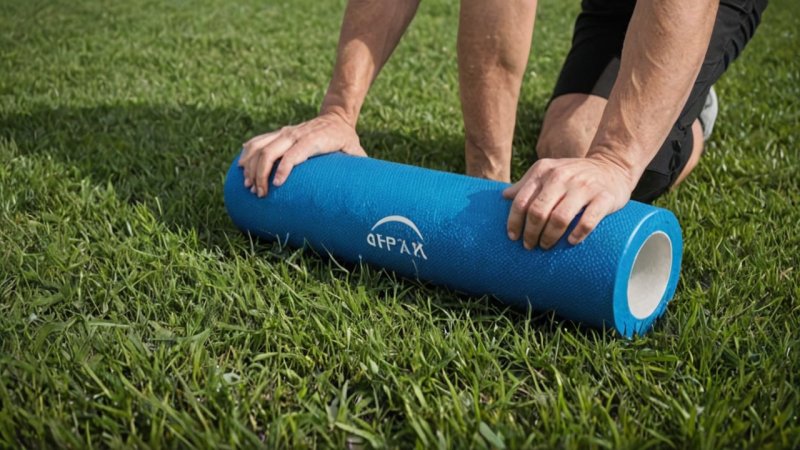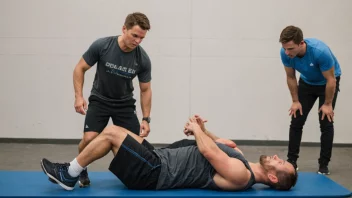Foam rolling has gained popularity among athletes, particularly runners, as a vital component of their training and recovery routines. This self-myofascial release technique helps alleviate muscle tightness, improve flexibility, and enhance overall performance. In this article, we will explore the numerous benefits of foam rolling and how it can positively impact your running experience.
One of the primary advantages of foam rolling for runners is its ability to reduce muscle soreness. After an intense run, muscles can become tight and develop knots, leading to discomfort. Foam rolling effectively targets these areas, breaking up the tension and promoting blood circulation. This increased blood flow helps deliver essential nutrients to the muscles, facilitating faster recovery.
Another significant benefit is the improvement of flexibility and range of motion. Regular foam rolling can stretch and lengthen the fascia, the connective tissue surrounding muscles. By incorporating foam rolling into your routine, you can enhance your flexibility, which is crucial for runners aiming to maintain proper form and prevent injury.
Foam rolling can also play a pivotal role in injury prevention. Many common running injuries, such as IT band syndrome and plantar fasciitis, stem from muscle imbalances and tightness. By regularly using a foam roller, you can identify and address these tight areas before they escalate into more severe injuries. This proactive approach helps maintain optimal muscle function and keeps you on the road longer.
Additionally, foam rolling can enhance athletic performance. Improved muscle recovery and flexibility contribute to more efficient running mechanics. When your muscles are functioning optimally, you can run more efficiently, resulting in better times and less fatigue. Runners who incorporate foam rolling report feeling more agile and capable during their runs.
To maximize the benefits of foam rolling, it is essential to incorporate it into your routine strategically. Aim to foam roll for 10 to 15 minutes after your runs, focusing on major muscle groups such as the calves, quadriceps, hamstrings, and glutes. It’s also beneficial to foam roll on recovery days to keep muscles supple and free from tension.
In conclusion, foam rolling is a valuable practice for runners looking to improve performance while prioritizing safety and recovery. The benefits of reduced muscle soreness, increased flexibility, injury prevention, and enhanced performance make foam rolling an indispensable tool in any runner’s training arsenal. By dedicating time to foam rolling, you can ensure that your body remains in peak condition, allowing you to enjoy every step of your running journey.






